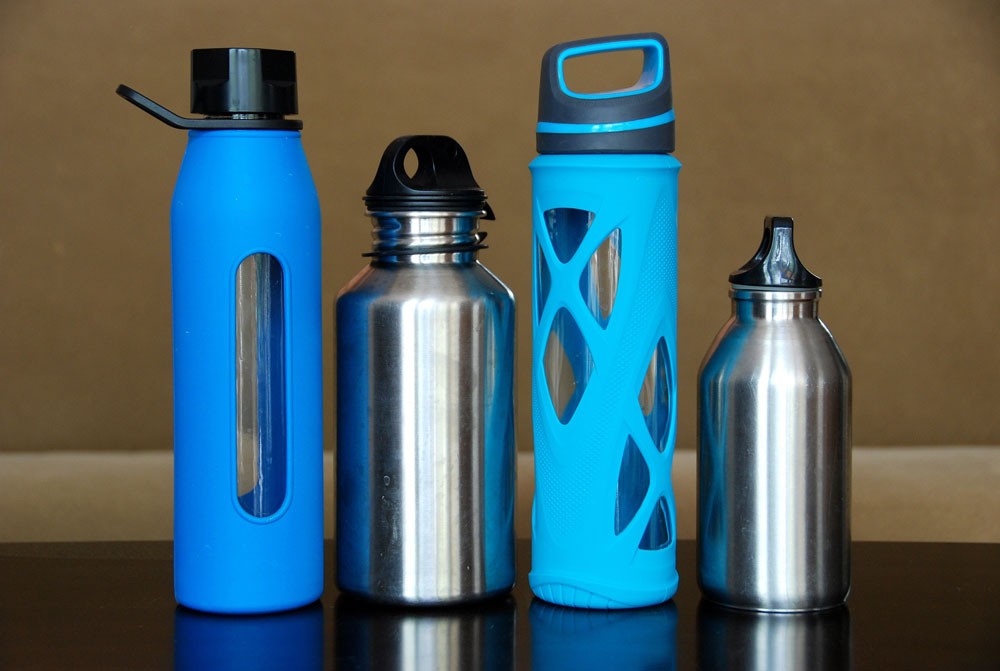We call all improve our health and the environment by making the switch from a plastic water bottle to a safe, reusable bottle.
One that is safe, conveniently sized, and will not end up in a landfill or ocean.
Water is one of the most important resources of human life. Our adult bodies consist of around 60% water, and health authorities recommend that we drink a minimum of eight glasses of water each day.
The United Nations considers the availability of clean drinking water one of its top sustainable development goals. Every two years, the WHO/UNICEF Joint Monitoring Program for Water Supply, Sanitation and Hygiene publishes an updated list that ranks countries based on the quality of their drinking water and sanitation.
According to the WHO/UNICEF list, the only Arab country that ranks 100% in both drinking water and sanitation is Kuwait. This leaves those of us who live in other Arab countries dependent on bottled drinking water, and the most common packaging material for single-serve, non-carbonated bottled water is plastic
Yes, the small plastic water bottles most of us buy are convenient, disposable, and cheap, but they are also terrible for the environment. Once we’ve thrown them away, they end up in a landfill or ocean.
Exposure to sunlight, high temperatures, or just natural breakdown can lead them to release hormone-disrupting chemicals into the soil, groundwater, or ocean. These chemicals are eventually absorbed by small marine life and may end up in our food supply.
But well before then, as we drink from our plastic water bottles, these same chemicals may also be entering our bodies and seriously affecting our health.
Until several years ago, most plastic drinking bottles contained Bisphenol A (BPA). After multiple reports of BPA’s possible negative health effects on the developing brain, and its possible links to diabetes, heart disease, and breast and prostate cancer, many companies producing plastic food containers switched to BPA-free plastics.
“BPA-free” however, is not always a reliable term. In at least one case, a study found that the epoxy used in the liners of reusable “BPA-free” water bottles still contained BPA.
Polyethylene terephthalate (PET) bottles, not to be confused with BPA, are reported to leak concerning and estrogen-mimicking chemicals into the water they store when they are exposed to ultraviolet rays, thereby interfering with estrogen and other reproductive hormones.
The safest option is to use either a glass or stainless-steel permanent water bottle:
- Glass bottles: Glass bottles are a good and safe option, though fragile, a bit heavy, and not very safe for use by children.
- Stainless steel bottles: Stainless steel bottles are safe, durable, and reliable. They do not need a plastic liner so look to make sure that the inside of the bottles is smooth metal. Should the bottle be insulated, the inner liner should also be made of stainless steel.
Not every metal bottle is made of stainless steel – make sure that it is, in fact, stainless steel, and not aluminum, which is linked to diseases such as Alzheimer’s, may be lined with plastic, and can leach in case you fill it with acidic liquids such as lemonade.
Please consider replacing your plastic bottles for better personal and environmental health.

